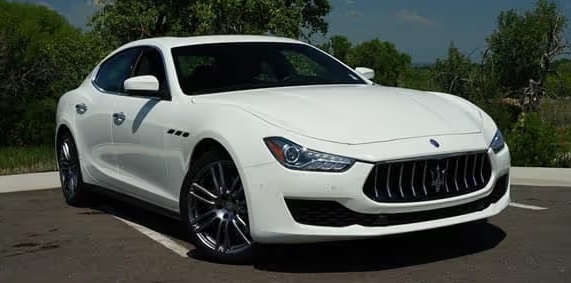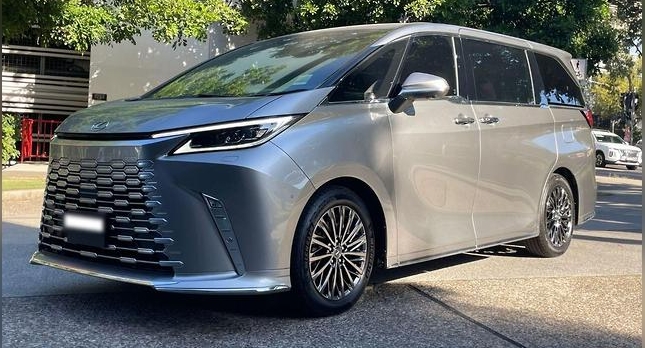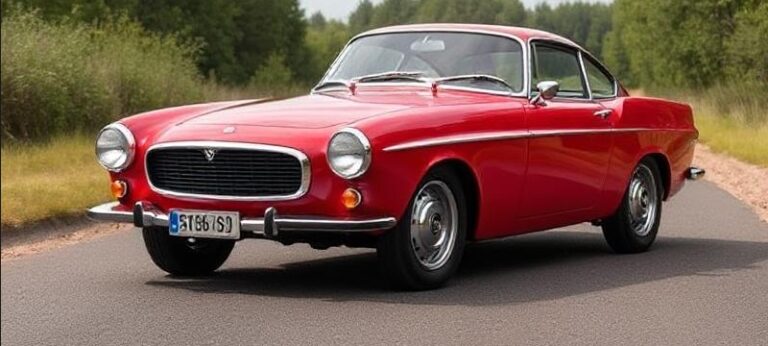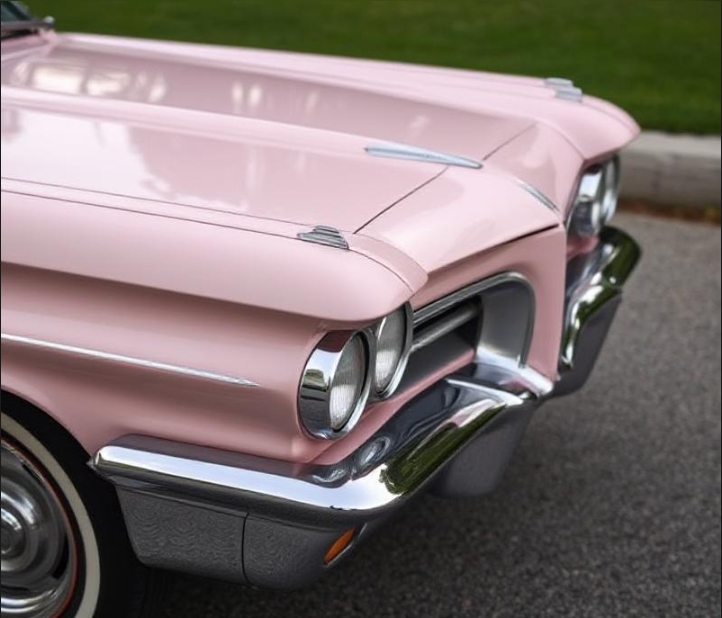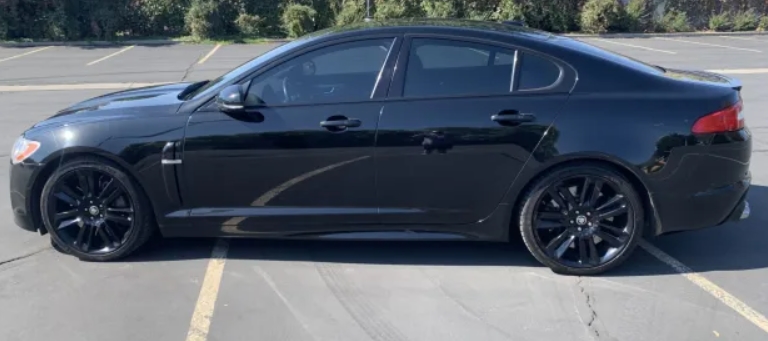The Evolution of the Maserati Ghibli
The Maserati Ghibli stands as one of the most iconic models in the Italian luxury automaker’s storied history. Known for its distinctive styling, potent performance, and Italian craftsmanship, the Ghibli has undergone significant transformation since its inception in the late 1960s. This article traces the evolution of the Maserati Ghibli, detailing its production years, various models, trim levels, and the technological and design advancements that have defined each era.
Origins and First Generation (1967–1973)
Introduction and Background
The original Maserati Ghibli was introduced in 1966 at the Turin Motor Show and officially launched in 1967. Designed by the renowned Giorgetto Giugiaro of Italdesign, the Ghibli was crafted to compete in the burgeoning grand touring (GT) segment, rivaling cars like Ferrari’s 365 GT series and Lamborghini’s models. It was produced from 1967 to 1973, establishing itself as a symbol of Italian elegance and high performance.
Design and Engineering
The first-generation Ghibli featured a sleek, fastback coupe design, with a long hood and short rear deck, embodying the quintessential GT aesthetic. It was built on a steel unibody chassis, with independent suspension on all four wheels. Powertrain options included:
- V8 Engines: The Ghibli was powered exclusively by Maserati’s 4.7-liter (4700cc) V8 engine, producing approximately 330 horsepower. Later models received an enlarged 4.9-liter (4900cc) V8, increasing output to around 335-350 horsepower.
- Transmission: Buyers could choose between a 5-speed ZF manual transmission or a 3-speed BorgWarner automatic.
Models and Trim Levels
The initial Ghibli lineup primarily consisted of one main model, but over the years, various versions and special editions emerged:
- Ghibli 4.7: The standard model equipped with the 4.7-liter V8.
- Ghibli SS (Super Sport): Introduced in 1970, the SS featured a higher compression ratio, revised carburetors, and increased power output, reaching approximately 335 horsepower.
- Ghibli 4.9: Launched in 1970, this model featured the larger 4.9-liter engine, offering improved performance.
- Ghibli Spyder: A rare convertible version produced in limited numbers, with a soft-top roof.
Performance and Reception
The first-generation Ghibli was celebrated for its impressive top speed (~165 mph), distinctive styling, and luxurious interior. However, it also faced challenges with reliability and the rising costs of maintenance, which impacted its long-term popularity.
Second Generation (1992–1998): The Tipo M145
Revival and New Platform
After a hiatus in the 1980s, Maserati revived the Ghibli nameplate in 1992 with the M145 series, marking the second generation. This iteration was produced from 1992 to 1998 and was based on a chassis shared with the Maserati Shamal, featuring more modern engineering and styling.
Design and Features
Designed by Marcello Gandini, the second-generation Ghibli adopted a more contemporary look with smoother lines, a rounded coupe shape, and a luxurious interior with advanced features for the time. It was powered by a range of V8 engines:
- 4.0-liter V8, producing around 330 horsepower.
- 4.2-liter V8, producing approximately 370 horsepower.
- 4.9-liter V8, delivering up to 440 horsepower in the Ghibli 4.9, emphasizing high performance.
Models and Trim Levels
The 1992-1998 Ghibli lineup included:
- Ghibli 4.0: Entry-level model with 4.0-liter V8.
- Ghibli 4.2: Upgraded engine, more power.
- Ghibli 4.9: Top-tier, high-performance version with the most potent engine of the range.
- Ghibli Cup (1994): A special version with sportier suspension, reduced weight, and increased performance, producing around 440 horsepower. It was a limited edition aimed at enthusiasts seeking a more aggressive driving experience.
Performance and Innovations
This generation was notable for its improved handling, comfort, and technological features, including ABS brakes, traction control, and more refined aerodynamics. The Ghibli of this era was appreciated for blending luxury with sporty dynamics, although it was still a niche model compared to more mainstream competitors.
Third Generation (2013–Present): The Modern Maserati Ghibli
Return to the Market
After a hiatus of nearly two decades, Maserati reintroduced the Ghibli nameplate in 2013, aligning with the brand’s new focus on luxury sedans and sporty coupes. This third-generation Ghibli marked a significant departure from the previous coupe-focused Ghibli, evolving into a luxurious midsize sedan that targets a broader audience.
Production and Timeline
The current Ghibli has been in production since 2013 and continues to be a core model in Maserati’s lineup as of October 2023. It has undergone multiple updates to enhance technology, performance, and comfort.
Design and Platform
Designed by Maserati’s in-house team, the third-generation Ghibli features a sleek, aggressive exterior with Maserati’s signature grille, LED lighting, and aerodynamic lines. It is built on the Giorgio platform developed in collaboration with Fiat Chrysler Automobiles (FCA), sharing components with the Alfa Romeo Giulia.
Powertrain Options and Trim Levels
The modern Ghibli is offered with a range of engine choices, reflecting the brand’s emphasis on performance and efficiency:
- V6 Gasoline Engines:
- 3.0-liter twin-turbocharged V6: Produces approximately 345 horsepower in the base Ghibli.
- 3.0-liter twin-turbocharged V6 (higher output): Up to 424 horsepower in the Ghibli S and GranLusso trims.
- Ghibli Trofeo: Introduced in 2020, featuring a 3.8-liter twin-turbo V8 engine producing approximately 580 horsepower, making it the most powerful Ghibli to date.
- Diesel Engine Options:
- 3.0-liter twin-turbo V6 diesel: Available in some markets, offering about 275 horsepower, aimed at efficiency-focused buyers.
Trim Levels and Equipment
- Ghibli: The base trim emphasizing luxury and comfort, equipped with standard features like leather upholstery, advanced infotainment, and driver-assistance systems.
- Ghibli S: An upgrade with more horsepower and sportier tuning.
- GranLusso: Focused on luxury, with premium interior materials, wood trims, and additional comfort features.
- GranSport: Sport-oriented, featuring sportier suspension settings, unique styling elements, and performance upgrades.
- Ghibli Trofeo: The high-performance flagship with the 580-horsepower V8, sport-tuned suspension, carbon fiber interior accents, and aggressive exterior styling.
Performance and Technological Features
The modern Ghibli boasts an 8-speed automatic transmission, all-wheel drive (Q4 system in many variants), adaptive suspension, and numerous driver-assistance features such as adaptive cruise control, lane assist, and automatic emergency braking. Its acceleration from 0-60 mph ranges from approximately 4.7 seconds in the base models to under 4 seconds in the Trofeo.
Evolution in Design, Technology, and Market Position
Over its decades-long history, the Maserati Ghibli has evolved substantially:
- Design: From the elegant, fastback coupe of the late 1960s, to the more rounded and modern coupe of the 1990s, and finally to the sleek sedan of today. Each generation reflects changing design trends and technological advancements, while maintaining Maserati’s signature luxury and sporty appeal.
- Performance: The early models showcased large V8 engines with raw power, while the latest iterations emphasize a blend of high performance with technological sophistication, including twin-turbocharged engines and advanced driving aids.
- Market Focus: Initially a pure grand touring coupe aimed at enthusiasts seeking style and speed, the Ghibli of today is more versatile, offering luxury, comfort, and performance in a sedan format suitable for a wider customer base.
.
We LOVE cars & cruising around, but sometimes day trips to explore new cities are required (with family or friends) for a spice of variety in your life!
So GO explore!
Cruises & Day/Night City Tours to: Baltimore, Boston, Chicago, Marina Del Ray, New York, Niagara, Philadelphia, San Diego, San Francisco, Toronto, Washington DC, etc.:

.
Summary and Legacy
The Maserati Ghibli has maintained its reputation as a symbol of Italian craftsmanship and performance across multiple generations. From its 1960s origins as a sleek coupe powered by a V8 engine, through the 1990s revival with modernized engineering, to the current luxury sedan with a range of powerful engines and advanced technology, the Ghibli has adapted to changing market demands while preserving its core identity.
Its evolution highlights Maserati’s commitment to blending luxury with sportiness, and its continued presence in the automotive world underscores its significance as a flagship model for the brand. Whether as the classic coupe or the contemporary sedan, the Ghibli remains a testament to Maserati’s enduring legacy of innovation, craftsmanship, and performance.
In conclusion, the Maserati Ghibli’s journey from the late 1960s to today reflects over five decades of automotive excellence. With its various models, trim levels, and technological advancements, the Ghibli has cemented its place as a true icon in the world of luxury sports cars and grand touring vehicles.
